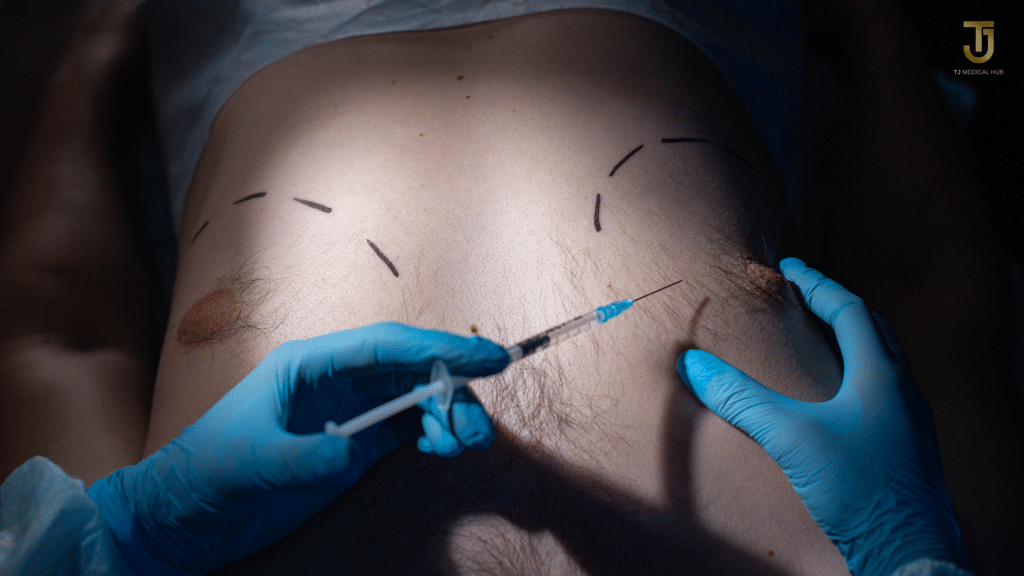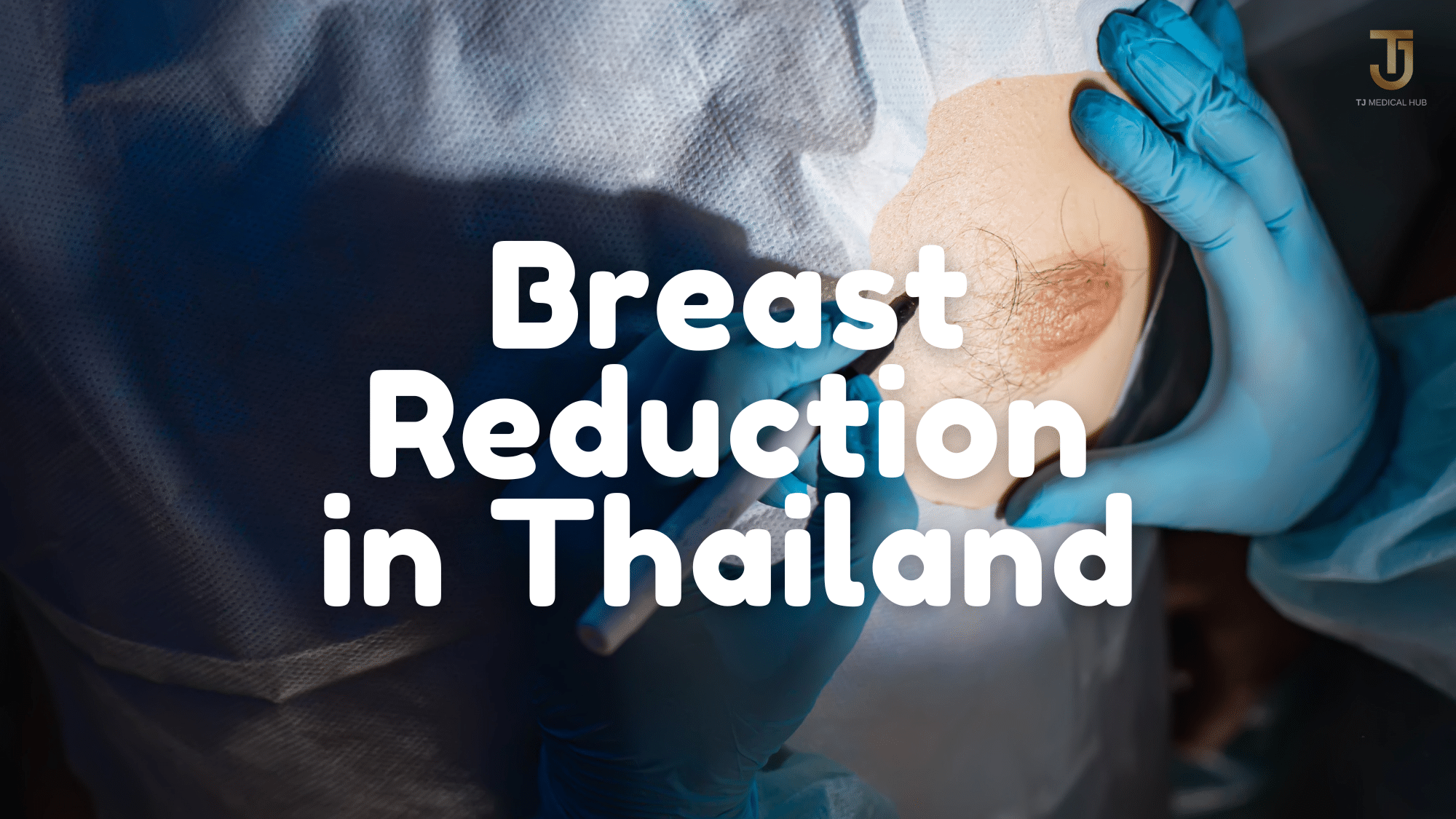While large breasts are often admired, they can pose challenges for women. Male breast reduction in Thailand addresses issues like pain and discomfort, offering both physical and psychological relief. Breast Reduction Thailand emerges as a viable solution for two main groups: younger women dealing with disproportionately large breasts and mature women who have undergone childbirth, experiencing changes in breast tissue composition leading to sagging.
In such cases, Breast Reduction Surgery not only corrects physical discomfort but also provides aesthetic benefits by lifting and tightening the breasts. The expertise and advanced medical facilities available for breast reduction in Thailand make it an appealing option for those seeking comprehensive solutions to both the physical and emotional aspects of this concern.
Insights Breast Reduction Thailand

For individuals considering breast reduction and lifting surgeries, meticulous pre-surgery preparations are essential. Prior to the procedure, a mandatory fasting period of at least 8 hours from both food and water is crucial due to the administration of general anesthesia.
The surgical duration required to either reduce breast size or correct sagging typically spans an average of 3 to 5 hours. Two primary approaches are employed, each tailored to specific anatomical considerations:
1. Areolar Surgery for Minimal Size Reduction:
In cases where a more modest reduction is desired, the surgeon focuses on the areola, resulting in stitches confined to this area. This technique promotes quicker wound healing and a more expedited recovery process.
2. Extensive Reduction for Larger or Sagging Breasts:
When addressing larger breast size or significant sagging, surgeons undertake a comprehensive removal of excess breast tissue and skin. Repositioning the nipple and areola becomes necessary. Post-surgery, patients may observe a T-shaped, inverted, or anchor-shaped scar, indicative of the complexity of the procedure. Although this approach offers substantial reduction, the trade-off is an extended period required for wound healing and recovery.
Engaging in a detailed consultation with experienced medical professionals specializing in breast reduction in Thailand is paramount. This ensures an informed decision-making process, taking into account individualized requirements and expectations for optimal outcomes.
Cost of Breast Reduction Thailand
Breast reduction surgery thailand cost is significantly lower than in many Western countries, attracting individuals seeking affordable yet high-quality medical care. With skilled surgeons and modern facilities, Thailand offers a cost-effective solution for those considering breast reduction surgery, ensuring excellent results without compromising on safety or standards.
| Procedures | Price |
|---|---|
| Nipple Pleating for Sagging Breasts | 150,000 baht/1 night |
| Advanced Correction for Very Sagging Breasts | 170,000 baht/1 night |
| Breast Size Reduction | 210,000 baht/2 nights |
Guide for Post-Breast Reduction Surgery
After breast reduction surgery in Thailand
After undergoing surgery to correct sagging breasts, it’s crucial to adhere to a careful postoperative care routine to promote optimal healing and ensure the best results. Here are essential guidelines:
- Follow Medical Advice: Strictly adhere to the surgeon’s postoperative instructions regarding medication, dressing changes, and activity limitations.
- Wound Care: Keep the incision sites clean and dry. Follow any recommended wound care procedures provided by your surgeon.
- Supportive Garments: Wear recommended supportive garments, such as a surgical bra, to minimize swelling and provide necessary support during the initial recovery phase.
- Physical Activity: Avoid strenuous activities and heavy lifting as per the surgeon’s advice. Gradually reintroduce light activities to prevent strain on the surgical site.
- Hydration and Nutrition: Stay well-hydrated and maintain a balanced diet rich in nutrients to support the healing process.
- Monitoring: Regularly monitor for signs of infection, such as increased redness, swelling, or unusual discharge. Report any concerns promptly to your medical professional.
- Follow-Up Appointments: Attend all scheduled follow-up appointments with your surgeon to assess progress and address any questions or concerns.
- Scar Care: If applicable, follow recommendations for scar care, which may include the use of specific ointments or creams.
- Patience and Rest: Allow your body ample time to rest and recover. Be patient with the healing process, as it may take weeks to months to see the final results.


